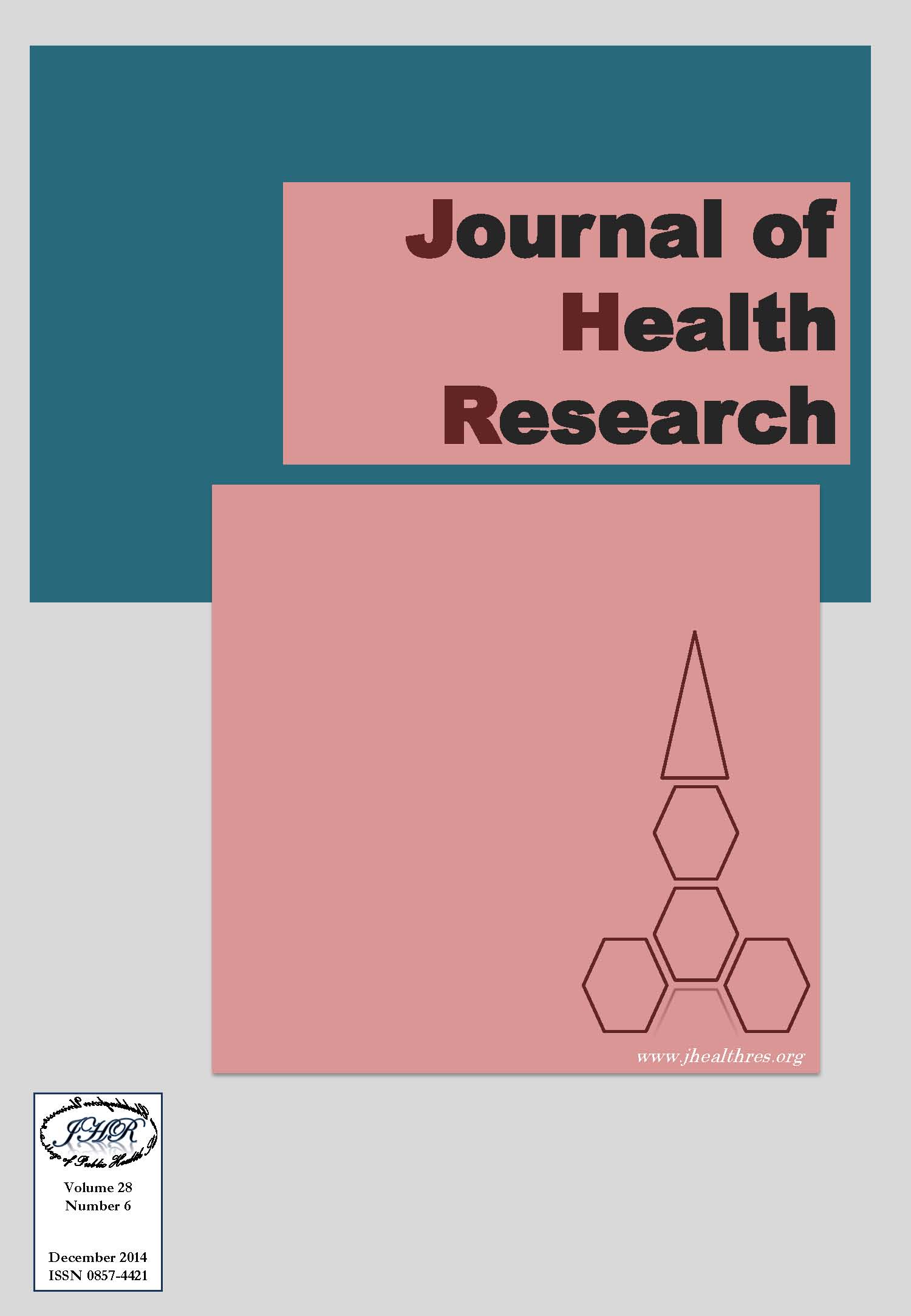Rhein Content in Cassia Fistula Pod Pulp Extract Determined by HPLC and TLC-Densitometry in Comparison
Keywords:
Cassia fistula, HPLC, rhein, TLC-densitometric methodAbstract
Cassia fistula Linn. (Fabaceae) is an ornamental plant widely grown in tropical and sub-tropical areas. C. fistula pod pulp is used in traditional medicine as a purgative/laxative drug, and also used against various disorders such as skin diseases, diabetes and other ailments. The major anthraquinone derivative in the pod pulp of C. fistula is rhein. Although high performance liquid chromatography (HPLC) is the most widely used method for quality assessment of herbal preparations, it requires high operational cost and a skilled operator. The purpose of this study is to compare the quantitative analysis of rhein content determined by HPLC and TLC-densitometric methods in the extracts of C. fistula pod pulp. It showed that, there was no significant difference between the mean content of rhein determined by these methods (0.0993 ± 0.002 and 0.0972 ± 0.004 % w/w for HPLC and TLC-densitometry, respectively). Thus, TLC-densitometric method, which is simple, less expensive but provides faster results than the HPLC, could be alternatively used as a routine analysis of rhein in C. fistula pod pulp extracts.







